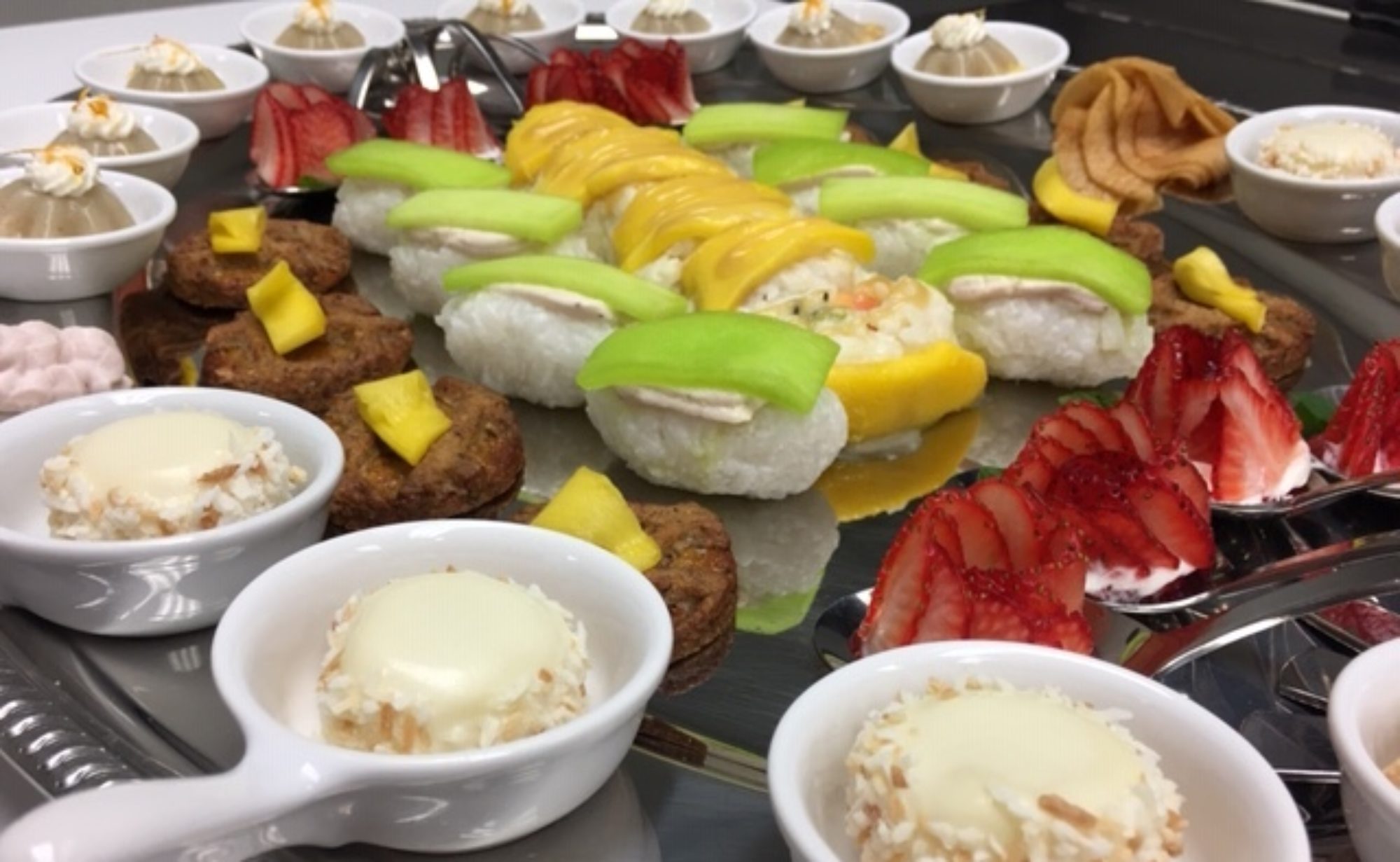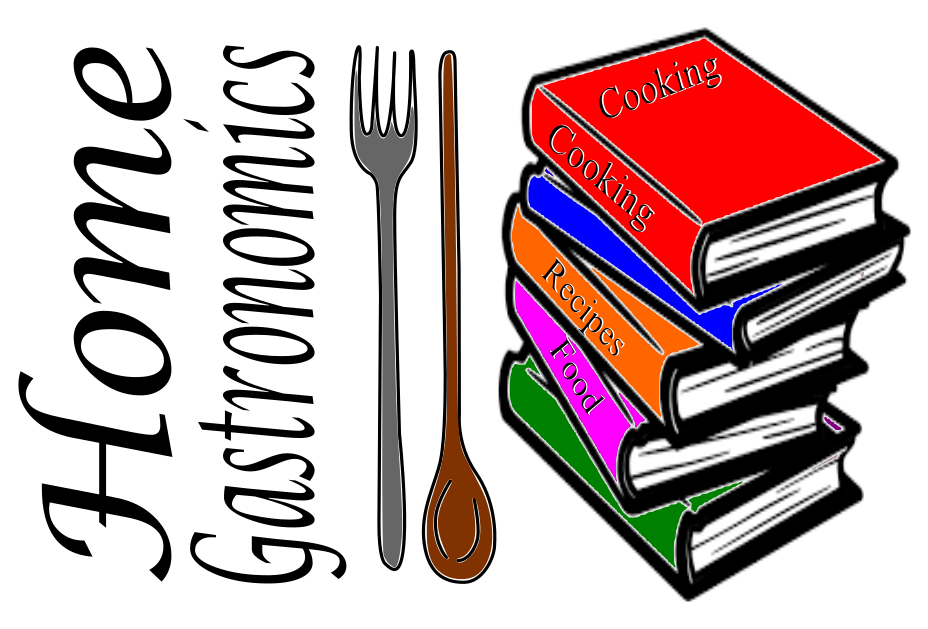
Greetings Padawans,
In the very near future I will be embarking on a wonderful adventure by returning to school to expand my culinary knowledge and pursue a degree in food & beverage management. That’s right, I’ll be getting officially told everything that I’ve been researching to share with you. Apparently an old dog can be taught new tricks, and you all will gain the benefit from it as I can share more knowledge, ideas, and food joy with you.
Obviously I’ll share this journey with you, but for right now, I want to talk about vegetables. More specifically, how all of us have probably been cooking our vegetables the wrong way for a very long time. A brief preface that this discussion applies mostly to green vegetables.
A quick web search for “cooking green beans” (which will be our little case study later on) reveals a majority of recipes calling for a giant vat of boiling liquid. It is usually water, but some folks call for chicken stock. You’re then supposed to immerse your wonderful vegetables in the liquid for a minimum of 5 minutes. Some call for as much as 30 minutes.
The fault in this thinking is in the science. Let’s understand the cooking process of green vegetables. As you begin boiling your vegetables, the cellular structure begins to break down meaning the vegetables lose their raw, fibrous characteristics. At the same time, cellular gases escape and the color changes from a paler shade to a bright and vibrant green. This is because the gases that diffuse light are no longer present and the chlorophyll within the vegetable shines through. As cooking continues, the chlorophyll breaks down and takes the beautiful bright green with it, leaving a drab green or brown color and mushy vegetables with little taste or nutrients.
Nutrients are an important aspect worth mentioning. When you consider that the whole reason we eat is to supply our bodies with nutrients that are required for energy and the day to day processes of the human condition, it’s a rather big aspect.
Some nutrients, such as Vitamins B and C, are water soluble and can leach out of the vegetables the longer that they are submerged in water. This is only made worse by boiling the water and exposing the vegetable to heat, which has been proven to degrade nutrients to various degrees.
There are three primary factors related to cooking vegetables. They are water, heat, and time.
The concern with water is how much. To prevent the leaching of vitamins, a cooking methods that use little or no water are considered the best ones. In truth, most vegetables require very little water to cook. In most cases only enough water to cover the bottom of the pan is needed.
We’ve already mentioned how heat degrades nutrients. The best way to mitigate this is through the third factor of time. Reducing the amount of time a vegetable is exposed to high heat levels greatly mitigates the degradation of nutrients.
Lastly is time. Even a long time at low temperatures will cause eventual nutrient decay. and the amount of time enhances the nutrient detracting qualities of both water and heat.
What this leads to is a scale based on water and heat/time. Boiling generally uses a large volume of water at high heat, rating it very low on this scale. Flash-steaming scores very highly. On the other end, a cooking method such as oven roasting scores very high on the no water scale, but very low on the heat/time scale.
There are some vegetables that benefit greatly from cooking. Vegetables such as carrots, tomatoes, and spinach, which have extremely thick cellular walls that the digestive system does not break down well. Antioxidants like Beta-Carotene and Lycopene (which are found in carrots and tomatoes) become up to 4 times more available for absorption after cooking than before.
Potatoes add an additional uniqueness. The high starch level makes it difficult to enjoy raw potatoes. Steaming works very well for potatoes, while the choice of skin or no skin makes a difference in the amount of nutrient loss due to cooking. Boiling with the skin on reduces the nutrient loss from boiling by roughly 10% for Vitamin C and roughly 2% for Vitamin B-6.
In most respects, if steaming is not an option, one of the best options for cooking green vegetables is blanching. The simplest definition for blanching a quick boil in a large pot of salted water. The salt seasons the vegetables just like we discussed in post #8 HERE. Blanching is the first part of the cooking process that we talked about back at the beginning. Where the cellular structure begins to break down and remove the fibrous nature and the initial escape of cellular gases. Specific time varies greatly from vegetable to vegetable, but it generally only takes a minute or two.
J Kenji Lopez-Alt of “The Food Lab” and “Serious Eats” puts forward 3 rules to blanching that will help you achieve successful vegetables every time. According to him, the rules are:
1)The water should be at a rolling boil. Considering that the goal is to get the color and texture changes rapidly, while not allowing the chlorophyll to break down, having the water at its highest temperature is the best.
2)Blanch vegetables separately. Since every vegetable is different and will take a different mount of time to cook based on size, density, and thickness, the only way to truly get them perfect is to cook them separately.
3)Shock your vegetables in ice water. This has been a controversial topic for a while, but the truth is in the science. the cooking process and reactions that cause your vegetables to become mushy and change colors are not instantaneous. The cooking process doesn’t stop just because you remove them from the boiling water or the heat. If you’re not going to eat your immaculate creation right away, you want to arrest this cooking process. A single green bean or snap pea would cool to a safe temperature with no problem. However, when you have a bowl of cooked green beans or snap peas, the heat of all of them continue to cooking process and you will soon find the ones on the bottom to be over cooked and down right nasty. There’s that heat/time thing coming back to haunt us.
For right now, we’re going to take a break. Next time we’ll go over our case study on green beans and put some of these concepts into practice.
Until then, don’t hesitate to shoot me a line if you have any questions. Keep cooking, keep being inspired, and…
May The Food Be With You.
Sources:
J Kenji Lopez-Alt: The Food Lab
Julia Layton: Howstuffworks.com
Khadejah Makkieh: sfgate.com
Jessica Bruso: Livestrong.com

